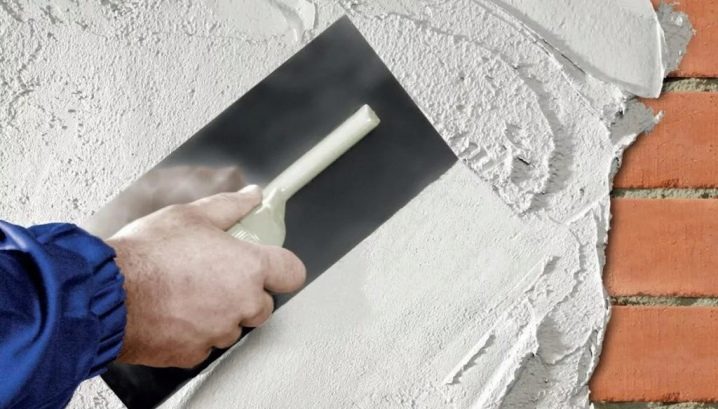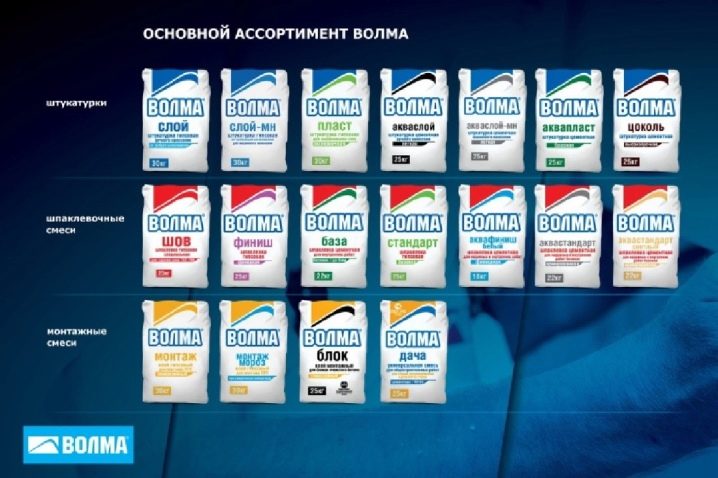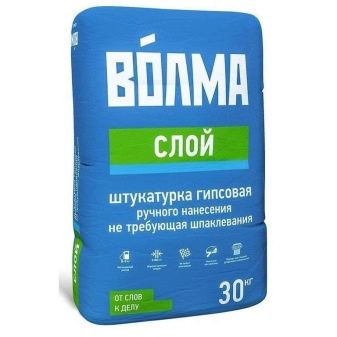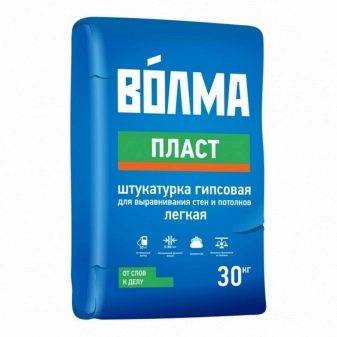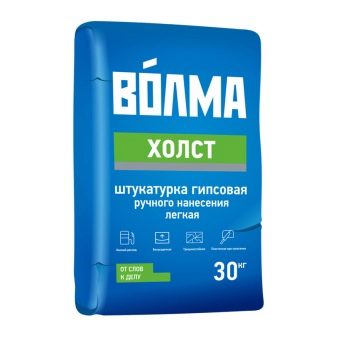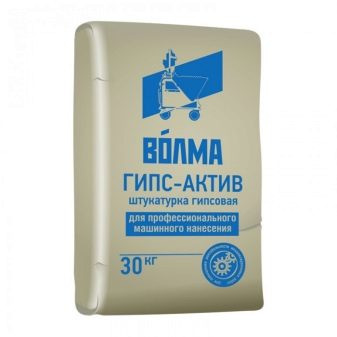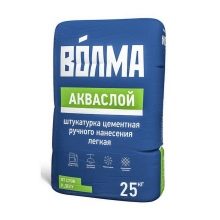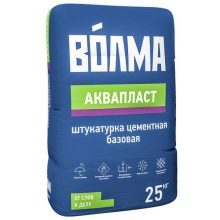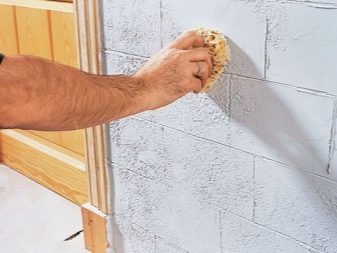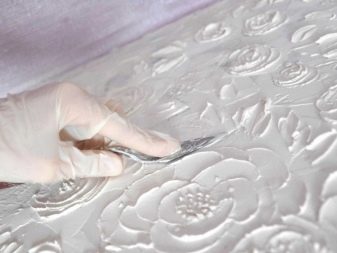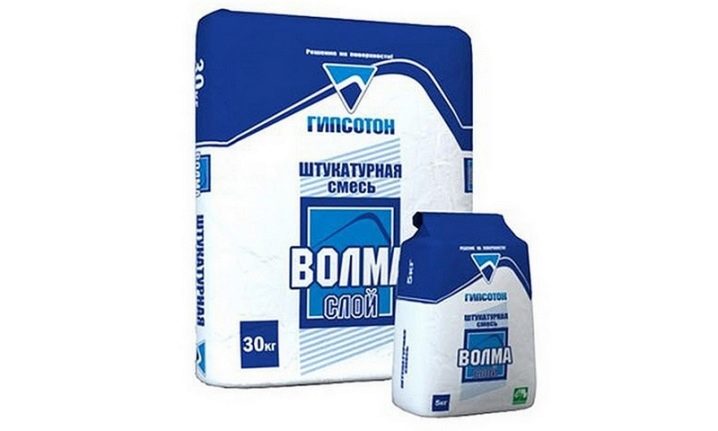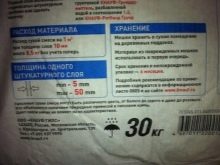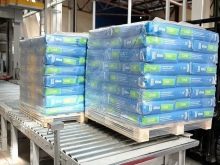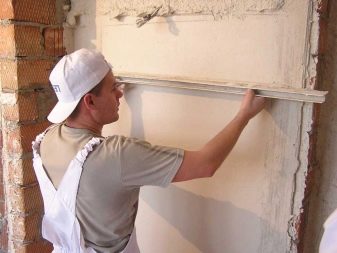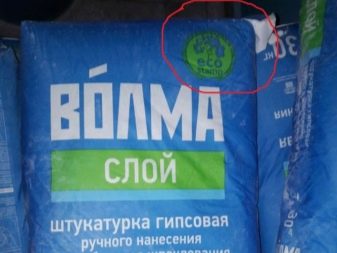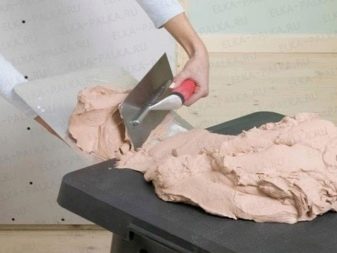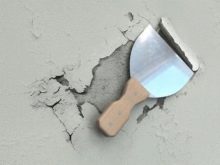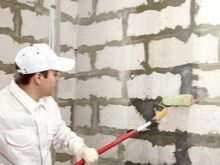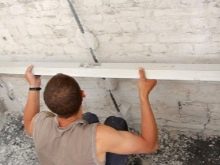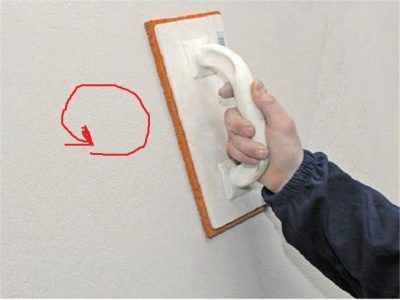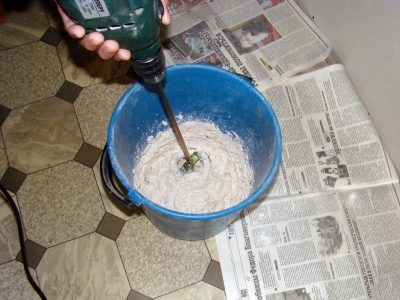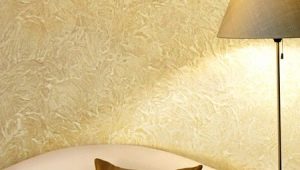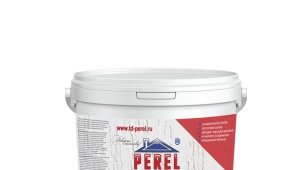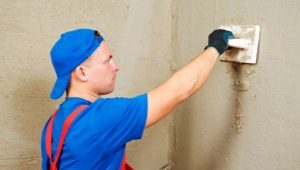Plaster plaster "Volma": properties and scope
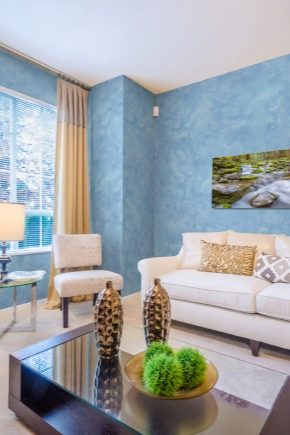
Volma plaster is a dry plaster or cement mix, which is an excellent alternative to drywall and an effective substitute for plaster from European manufacturers. This is a high-quality uniform plaster that is easy to apply and dries quickly. It can be used for finishing work in any premises, including rooms with high humidity.
Kinds
The company "Volma" offers a whole line of plaster and cement plasters, each of which has certain features.
At the same time, they are all easy to use and suitable for manual application (except for the Volma Gypsum Active and Volma Cement Active plasters, which are used for machine application of the plaster layer).
Depending on its foundation, all types of Volm plaster are divided into plaster and cement. The first group includes such varieties as: “Volma Canvas”, “Volma Layer”, “Volma Gypsum Active” and “Volma Plast”. The second group is Volma Aquasloy, Volma Aquaplast and Volma Socle.
As we see, there are many variations, so before you buy a mixture, you need to figure out which one suits you best. Let's start with gypsum-based plaster mixes:
- Volma Layer - the most common white plaster used for interior work when leveling various surfaces, as well as preparatory work before final finishing. The mixture is based on gypsum and mineral supplements. The optimal temperature for Volma Layer is from +5 to +30 degrees. Volma Layer can be applied on any substrate: from old plaster to foam blocks and drywall.
- Volma Plast the technical characteristics are very close to the Volma Layer plaster, but Volma Plast requires a final putty, and Volma Layer can not be putty. At the same time, Volma Layer is more expensive than Volma Plast. If you plaster walls before further finishing, then it is more rational to choose Volma Plast.
- Volma Canvas great for use in rooms with high humidity, and when dried gives a glossy surface that can be painted. Glossiness is provided by the presence in the composition of the plaster binding components, and working with it requires certain skills. Apply the mixture "Volma Canvas" as well as other mixtures can be on brick, and on cement-lime plaster, and on foam concrete.
- Volma Gips Active - mixture for application using special equipment. If you need to plaster large surfaces - use the services of specialists, as the machine application is not only fast, but also of high quality finish. After the application of Volma Gips Active, it is possible to paint, tile, glue wallpaper onto it.
Now let's talk about Volma plasters based on cement:
- Volma Aquasloy. This is a building mixture based on Portland cement with special additives and reinforcing fibers. The prefix "Aqua" can already be determined that this type of plaster is produced specifically for bathrooms, baths, pools. By the way, the use of a mixture of Volma Aquasloy is also justified for the kitchen, where they often cook a lot.This type of plaster is used for further finishing tiles, but it is not suitable for leveling floors.
- Volma Aquaplast similar to “Aquasloy” and is used for similar finishing works, but the mixture “Aquaplast” is more dense and viscous, which, of course, will increase the consumption of dry material, but ultimately will give a stronger and more reliable layer. In addition, the drying time of “Aquaplast” is much less than that of the mixture “Aquasloy”.
- Volma Socle - one of the best leveling cement plasters for exterior use today. It has excellent performance characteristics: waterproof, very durable, resistant to cracking, frost-resistant, reinforced.
The entire line of dry plaster mixes is able to maintain an optimal microclimate in the premises, increase the strength of the surfaces to be treated, ensure quality leveling and effectively prepare walls and floors for further finishing.
With the help of various additional materials (for example, natural sponge, metal brush) the surface of gypsum plaster can be given various textures.So, gypsum plaster allows you to imitate brickwork. It looks very decorative, but much cheaper than using natural brick.
Packaging and storage conditions
Volma is in considerable demand among consumers not by chance - the mixture is very conveniently packaged and is presented in paper bags of 5, 15 and 30 kg.
It often happens that the amount of plastering works is quite small, so buying large packages of the mixture is not relevant, it is better to buy one or two packages of 5 kilograms each. However, it should be noted that the larger the package, the lower the cost of plaster for 1 kg. In the building stores you can find a mixture of the price from 250 to 350 rubles per 10 kilograms.
Important! When buying plaster, be sure to ask for a quality certificate, because there are quite a few fakes of finishing materials on the construction market.
Storing plaster must be treated with special attention, because it requires a dry room and wooden pallets. Opened or damaged packages can be poured into a new paper package by tightly closing the upper part using the twisting method. It is best to buy plaster immediately before starting repair work, and the remaining unused materials can be stored without losing properties for about a year.
Pros and cons of Volma plaster mixes
There are many advantages to Volma plaster.
- Any person will cope with the application of the mixture (even engaged in plastering work for the first time), since all types of Volma are plastic, and, therefore, it will be possible to easily correct the unevenness that has arisen.
- Many masters know that “shrinkage” is characteristic of plaster, but this does not apply to mixtures of the “Volma” brand. The application of the second layer is not required - the material can be applied even in a thick layer (up to 6 cm).
- The advantages of almost all types of Volma include the absence of the need for additional filler, because its surface looks smooth after drying.
- Pay attention to the “ECOSTAMP” stamp on the packaging - this is an obligatory “quality mark”, indicating that the building material does not contain any harmful substances.
- Technological characteristics allow to apply plaster on any walls (even on the old plaster layer, if it holds tightly). The only condition is that the walls need to be degreased and any metal parts must be treated with an anti-corrosion agent.
- All mixtures of the brand "Volma" refer to the "breathable", that is, to not violate the microclimate of the house.
There is only one minus for this popular material - the gypsum used as a base can be of different quality and also have a shade (not pink, but pinkish or yellowish). This is due to the fact that for the manufacture of plaster gypsum is taken from different fields.
The highest quality mixture of Volgograd and Resurrection production. Mixtures of the Chelyabinsk plant do not always correspond to the declared characteristics.
Application technology
Consider the standard technology of applying mixtures. Depending on the specifics of each type of work may vary, so always follow the instructions on the packaging or use materials posted on the Internet.
- First, we prepare the surface-base, for which we remove what exfoliates or falls off. You can eliminate any significant irregularities.
- We treat metal parts with an anticorrosive liquid that will be under the plastering layer.
- If necessary, ground the surface. This should be done in case you apply a plaster layer on cellular construction materials or GVL materials. By the way, the company "Volma" produces and primer.
- Smooth surfaces to facilitate adhesion can be treated with Volma Contact.
- To make the surface of the wall even help slats-beacons (there may be several), which can be fixed with dowels or mounting glue.
- All Volma mixtures are diluted with small portions of water. It is convenient to use a drill with a special nozzle for mixing. After adding all the necessary water, leave the mixture for 3-5 minutes and mix again.
- Begin the application! This must be done in a hurry, as the mixture seizes very quickly. For 30-40 minutes, the whole mass must be applied to the surface and compacted.
- After the end of the main work, you need to wait about an hour, and then carry out the "trimming". Zigzag-like movements from top to bottom “cut off” the excess, gradually moving from the first beacons to the next.
- After 15-20 minutes after leveling the surface, it should be moistened and wiped with a float-sponge, and after another 5 minutes - smoothed with a spatula. Work with a grater-sponge is conducted from the top down in a circular motion, without pressing.
- After the plaster has hardened (usually it takes 2-3 hours), wet treatment should be repeated (the glossing process).
- If the plaster needs to be applied in two or more layers, then the first layer is treated with a special comb and left for about a week. Then we put the second layer and so on.
- After the plaster layer dries, the primer is supposed to be, but this is not necessary, because if the technology of applying the plaster is observed, then the surface will be smooth.
Important Tips
- When buying a material it is worth taking it a little more than required. In this case, you can quickly dilute the mixture additionally.
- While working with the finished mixture, indicated on the packaging, ranges from 45 minutes to 1 hour, but it is advisable to spend all the material in 20-30 minutes.
- As a rule, on the package you can read important information about the consumption of the mixture per 1 square. meter. However, these calculations are only approximate, as the flow will depend on the curvature of the walls, the presence of seams and so on.
- For the preparation of plaster mixes, use only clean plastic containers. It is not necessary to buy a new bucket for these purposes. You can use the materials at hand, for example, a large plastic bottle with a trimmed top.
Reviews of plaster "Volma"
Many users recommend the use of Volma Layer plaster. It helps to cope with the very curved walls in the apartment. True, the cost of material may be somewhat more than you planned.
In addition, reviews indicate that the plaster "Volma" is an excellent substitute for wallpaper. So, thanks to "Volma", you can make a "Venetian wall."
Opinions converge on the fact that the plaster is smooth and plastic, it can be applied in a thick layer.
For information on how to choose the right gypsum plaster "Volma" and what are the correct application methods, see the following video.
